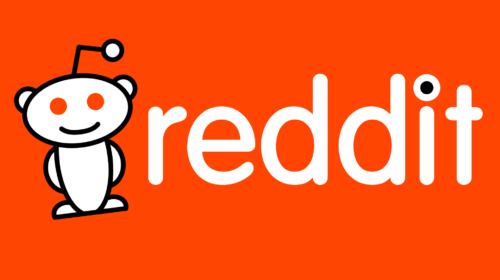With the rise of generative AI, apps across various categories are embracing this innovative technology to enhance user experiences and save time. From productivity tools to social media platforms, generative AI is transforming the way we interact with our favorite apps on our smartphones. Let’s explore some popular apps that have integrated generative AI into their features.
Google Workspace apps, including Google Docs, have introduced a feature called “Help me write.” This feature allows users to generate emails and other content by typing just a few words. Users can then refine or recreate the generated text to make it more suitable for their needs. Initially limited to a small group of testers, the feature has now been expanded to a larger user base.
Snapchat, known for its innovative features, has also incorporated generative AI into its platform. They launched a chatbot called My AI that assists users with various tasks and information. Additionally, Snapchat employs generative AI in their Lenses, offering a new generation of filters that enhance augmented reality experiences. These filters are designed to be faster and more realistic than ever before.
Microsoft has integrated their AI-powered chatbot, Bing Chat, into the SwiftKey keyboard app for Android and iOS. Users can access Bing Chat through the keyboard and interact with the bot, request text rewrites, or search the web for answers. Bing Chat is also available in other Microsoft apps such as Edge, Bing, and Skype, ensuring seamless AI integration across their ecosystem.
LinkedIn, a popular professional networking platform, has introduced generative AI features to enhance productivity and engagement. These features include AI-powered posts, copy suggestions for ads, writing assistants for profiles, and job description assistance for hiring. Leveraging advanced models from OpenAI and Hugging Face, LinkedIn offers users valuable tools to optimize their professional presence. The platform even provides courses on generative AI through its learning platform.
Google Messages unveiled “Magic Compose” at the I/O developer conference. This generative AI feature allows users to rewrite text using preset styles such as “chill,” “excited,” or “Shakespeare.” While the feature is currently in beta, it promises to add a creative touch to messaging experiences.
Spotify, the popular music streaming app, has introduced “AI DJ.” This feature utilizes machine learning to analyze users’ music preferences, mood, and style. Based on this analysis, AI DJ generates personalized playlists tailored to individual tastes. Users can further customize their experience by adjusting parameters like tempo, genre, and energy level.
TikTok, a social media platform known for its short videos, is reportedly testing a generative AI-powered tool that allows users to create avatars. Similar to Lensa, this feature generates artistic avatars based on user-provided photos. While currently being tested in select markets, it has the potential to add a new layer of creativity to TikTok’s user experience.
Generative AI is revolutionizing the way we interact with apps on our phones. From generating content to enhancing creativity, these AI-powered features offer users new and efficient ways to express themselves and save time. As technology continues to advance, we can expect more apps to embrace generative AI and provide even more innovative experiences for their users.





